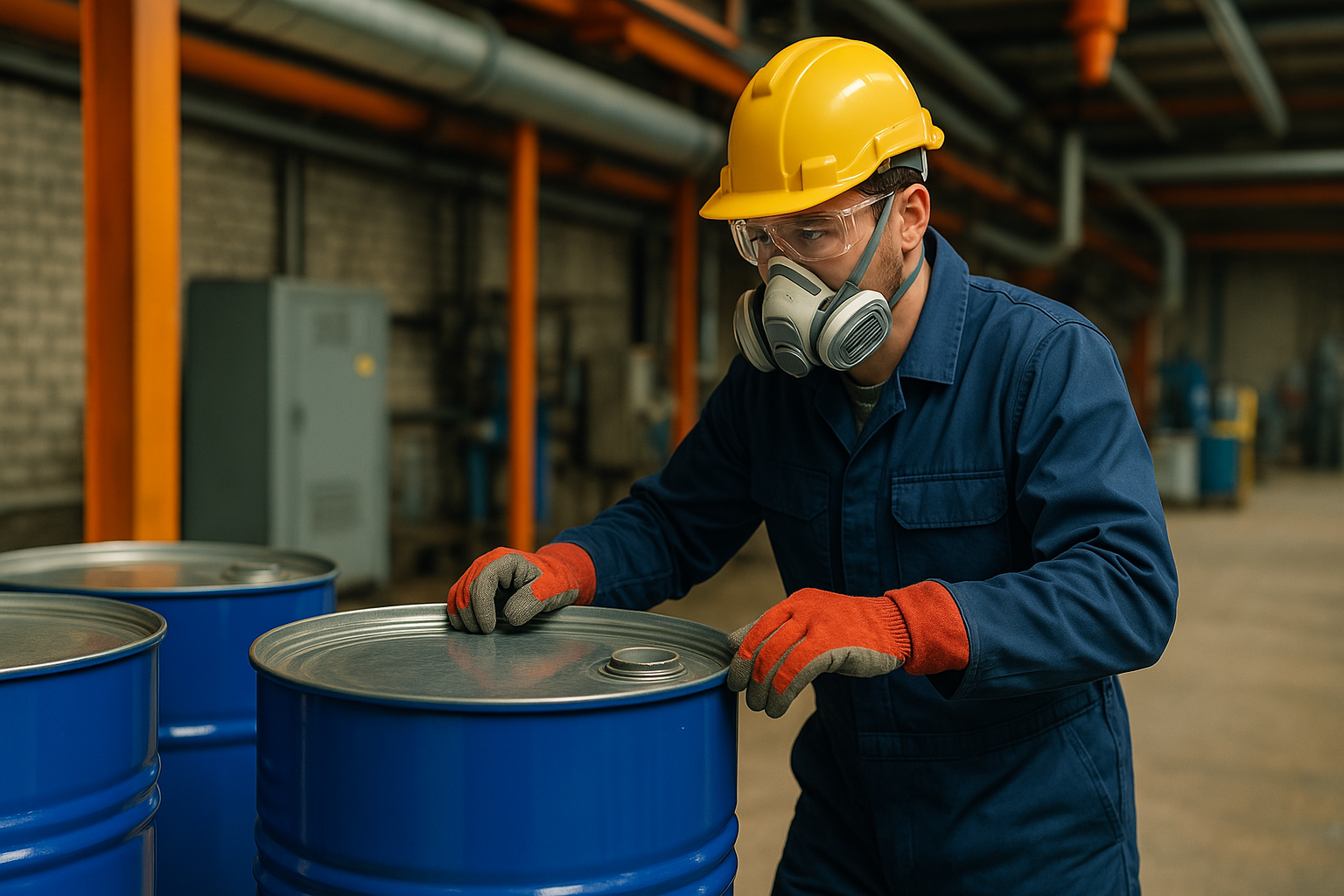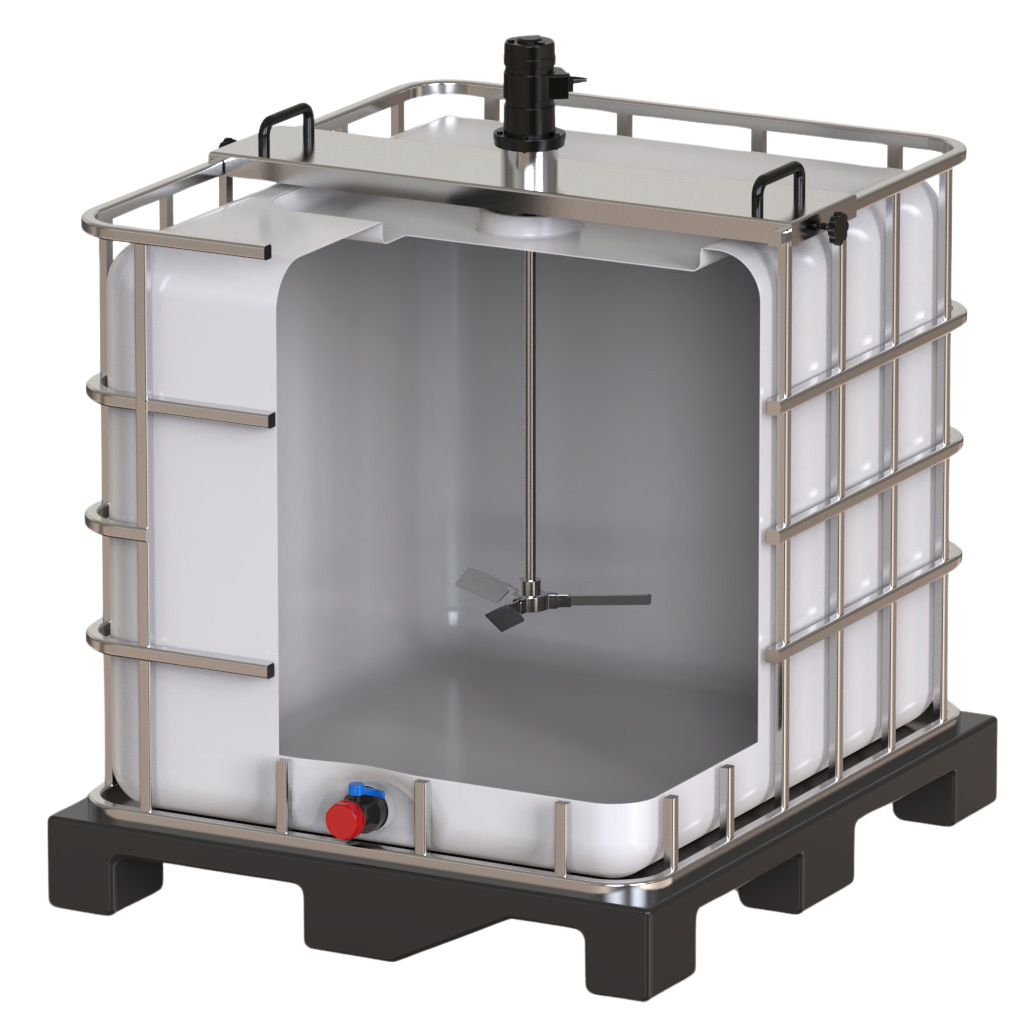The world of painting has a language all its own, filled with technical terms that can seem complex to those approaching this field for the first time. Understanding this terminology is essential for choosing the right products, applying them correctly, and achieving professional results. In this guide, we’ll explore the main terms and their practical applications, offering clear and useful explanations for anyone interested in delving deeper into the subject of painting.

The Essential Glossary of Painting
Paint – A coating material that, when applied to a surface, forms a protective and decorative film. It can be transparent or pigmented and is available in liquid, paste, or powder form.
Coating – Similar to paint but with pigments that make it opaque. It is mainly used to decorate and protect surfaces, both indoors and outdoors.
Enamel – A special type of paint that creates a durable and resistant finish. It can be glossy, satin, or matte, and is particularly suitable for furniture, doors, and window frames.
Primer or Undercoat – A base layer applied before painting to improve adhesion, even out the surface, and increase the coating’s durability. Depending on the need, it may contain anti-corrosive or filling components.
Finish – The final coat of paint that determines the aesthetic appearance and protective characteristics of the surface. Finishes can be glossy, satin, matte, or textured.
Binder (or Resin) – The component of paint responsible for forming the protective film. It may be acrylic, epoxy, polyurethane, or another type, depending on the final product’s required properties.
Solvent – A volatile liquid used to dissolve the paint and make it applicable. Once the solvent evaporates, the paint dries and forms a protective film. Common examples include turpentine, nitro thinner, and acetone.
Thinner – Similar to a solvent, but mainly used to adjust the viscosity of the paint without altering its chemical composition.
Pigment – A colored, insoluble substance added to paint to give it color and opacity. Pigments can be organic or inorganic and affect coverage and weather resistance.
Filler (or Extender) – An insoluble material used to modify certain properties of paint, such as mechanical strength and gloss.
Additives – Chemical substances added in small amounts to improve specific properties of the paint, such as adhesion, drying, weather resistance, or color stability.

The Painting Process and Its Key Elements
To achieve a professional finish, it’s essential to follow a well-defined painting process. This process consists of several phases, each with its specific role.
Surface Preparation
Before applying any product, the surface must be properly prepared. This process includes:
-
Cleaning: Removal of dust, grease, and impurities.
-
Sanding: To create a rough surface that improves paint adhesion.
-
Primer application: Essential to even out the surface and improve paint durability.
Paint Application
The next step is applying the paint, which can be done using different methods:
-
Brush: Ideal for small details and touch-ups.
-
Roller: Perfect for large, even surfaces.
-
Spray: Used to achieve smooth, professional finishes.
Drying and Curing
Once applied, the paint must dry and cure. This process can be:
-
Physical: Solvent evaporation leaves a solid film on the surface.
-
Chemical: Some paints require a chemical reaction to polymerize and become durable.
Finishing and Protection
For greater protection and optimal appearance, finishing coats can be applied, such as protective clear coats or special paints with specific effects.
Common Painting Defects
Knowing the most common painting problems helps prevent them and ensures optimal results.
-
Runs and Sags – Caused by over-application or too low viscosity. Prevent by adjusting product quantity and keeping proper spray distance.
-
Bubbles and Blisters – Can result from fast solvent evaporation or surface contamination. Sanding and thorough cleaning help avoid them.
-
Streaks and Color Variations – Often occur when paint is not mixed properly or drying conditions are poor. Mix well and apply in even passes to minimize.
-
Poor Adhesion – May result from inadequate surface preparation or an incompatible primer. Solution: proper cleaning and compatible products.
-
Orange Peel Effect – An uneven finish caused by improper leveling. It may result from excessive viscosity or unsuitable environmental conditions.
Essential Tools for Painting
To achieve the best result, having the right tools is crucial:
-
Spray guns: For fast, even application.
-
Quality rollers and brushes: Essential for precision work.
-
Masks and gloves: To protect from inhaling or touching chemicals.
-
Hygrometers and thermometers: To monitor ideal environmental conditions.
-
Thickness gauges and adhesion testers: For checking the quality of the work.
Understanding painting terminology is the first step toward achieving professional and long-lasting results. Knowing the right materials, processes, and tools will help you choose the best products for your needs and avoid common mistakes. Whether you’re a hobbyist or a professional, a solid base of technical knowledge will always make a difference in the quality of your finished work.



